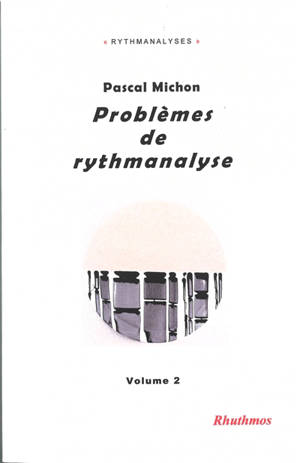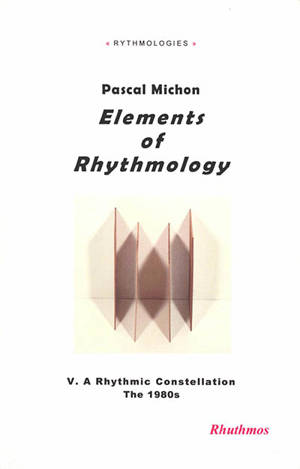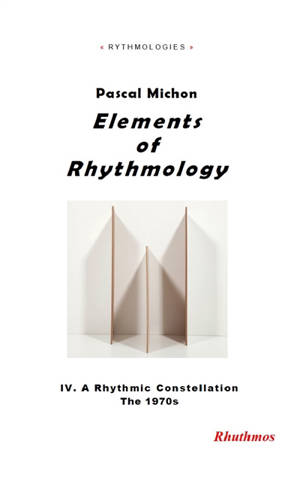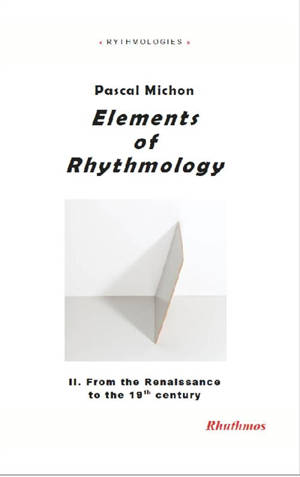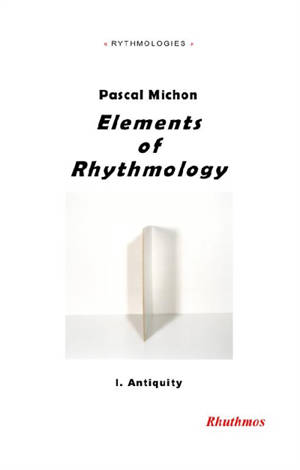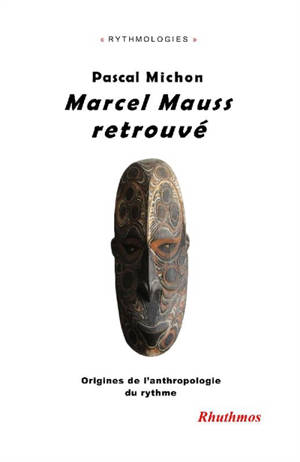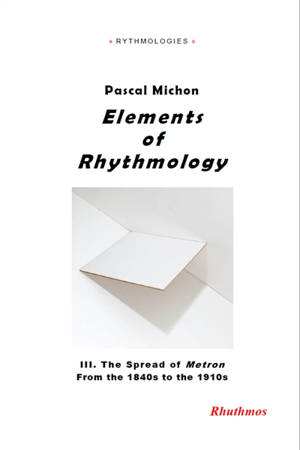
Elements of rhythmology. Vol. 3. The spread of Metron from the 1840s to the 1910s
Pascal Michon
Versailles, Lyon 2ᵉ, Lyon 6ᵉ...
Ce que dit l'éditeurRhuthmos The recent transformations of the world - the new cycle in which capitalism has entered, the globalization of trade, production and consumption, the spreading of new communication technologies, the growing urbanization and the fluidization of our societies and lives - have triggered a search for new critical tools. It is no coincidence that rhythm has become, since the 1990s, both a subject of investigation and a methodological instrument in a growing number of disciplines. Its success is so remarkable that it seems now on the verge of becoming a new scientific paradigm, somewhat like system, structure, individual or difference in the second half of the 20th century. But its history and thus the multiple meanings it has been endowed with are still very badly bnown. Old models of rhythm are still commonly used, while more recent and efficient ones are left aside. This book is the third installment of a series that aims at providing some of the elements of rhythmology we need to better assess the significance of the current scientific change, as well as the ethical and political empowerment it may involve. |
RésuméCe volume retrace l'évolution de l'approche scientifique du rythme et de la mesure entre la deuxième moitié du XIXe siècle et la première décennie du XXe siècle. L'auteur étudie l'appréhension du phénomène rythmique dans les champs de la médecine, de la physiologie, de la psychologie et des sciences sociales, convoquant ainsi les théories de Wilhelm Wundt, de Karl Schnaase et de Marcel Mauss. ©Electre 2024 |
Caractéristiques Auteur(s) Éditeur(s) Date de parution
6 avril 2019
Collection(s)
Rythmologies
Rayon
Philosophie, éthique
EAN
9791095155201
Nombre de pages
415
pages
Reliure
Broché
Dimensions
22.0
cm x
14.0
cm x
2.6
cm
|





